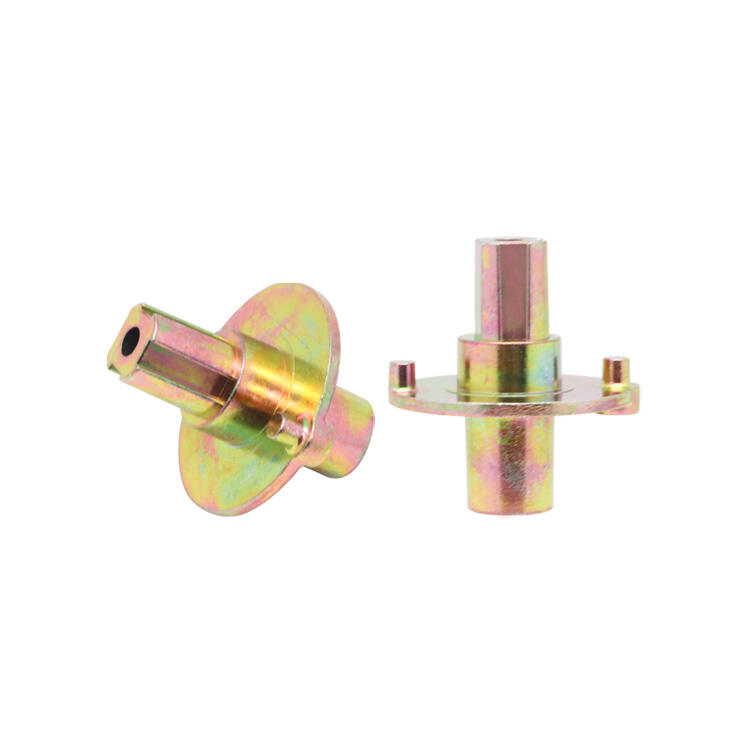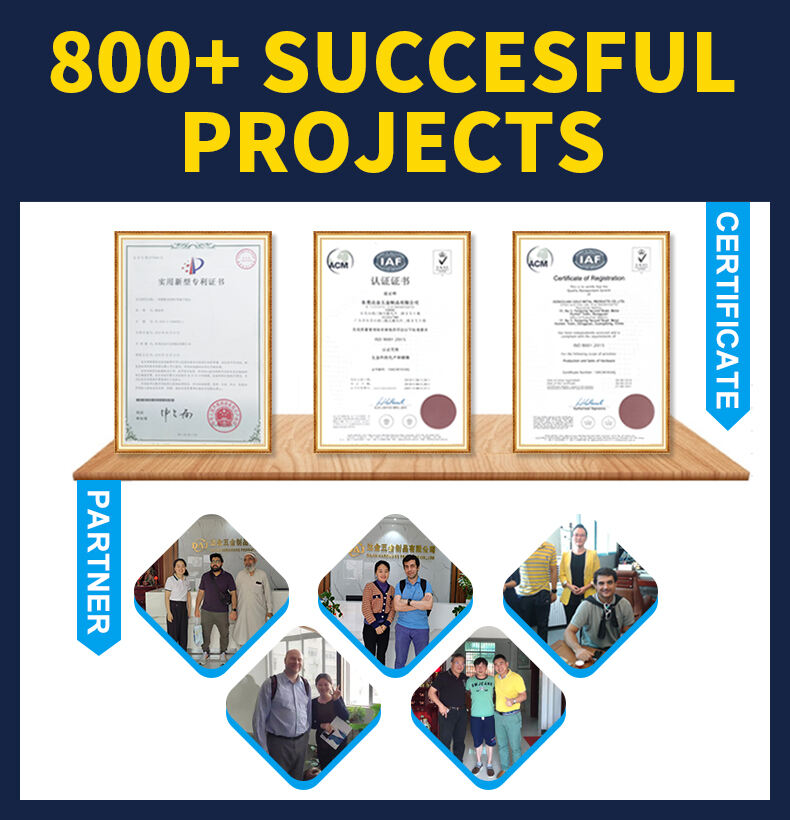lost wax brass casting
Lost wax casting on brass is an ancient and highly developed metalcasting technology which has been improved over hundreds of years. The main function of this method is to create extremely delicate, complex details in brass. Among the distinctive features of lost wax casting are the use of a wax model, a mold made out of ceramic materials, producing it and then casting molten metal into thethat prepared mold. After the brass cools and solidifies, the wax model is flamed (or burnt) off resulting in a perfect copy made of only gold in its hand. This enables the casting of forms that are both intricate; impossible to realize by traditional methods. The applications of lost wax brass casting stages, from boutique jewelry-products or beautiful sculptures up to industry components or graceful architectural features where both precision and artistry are paramount.


